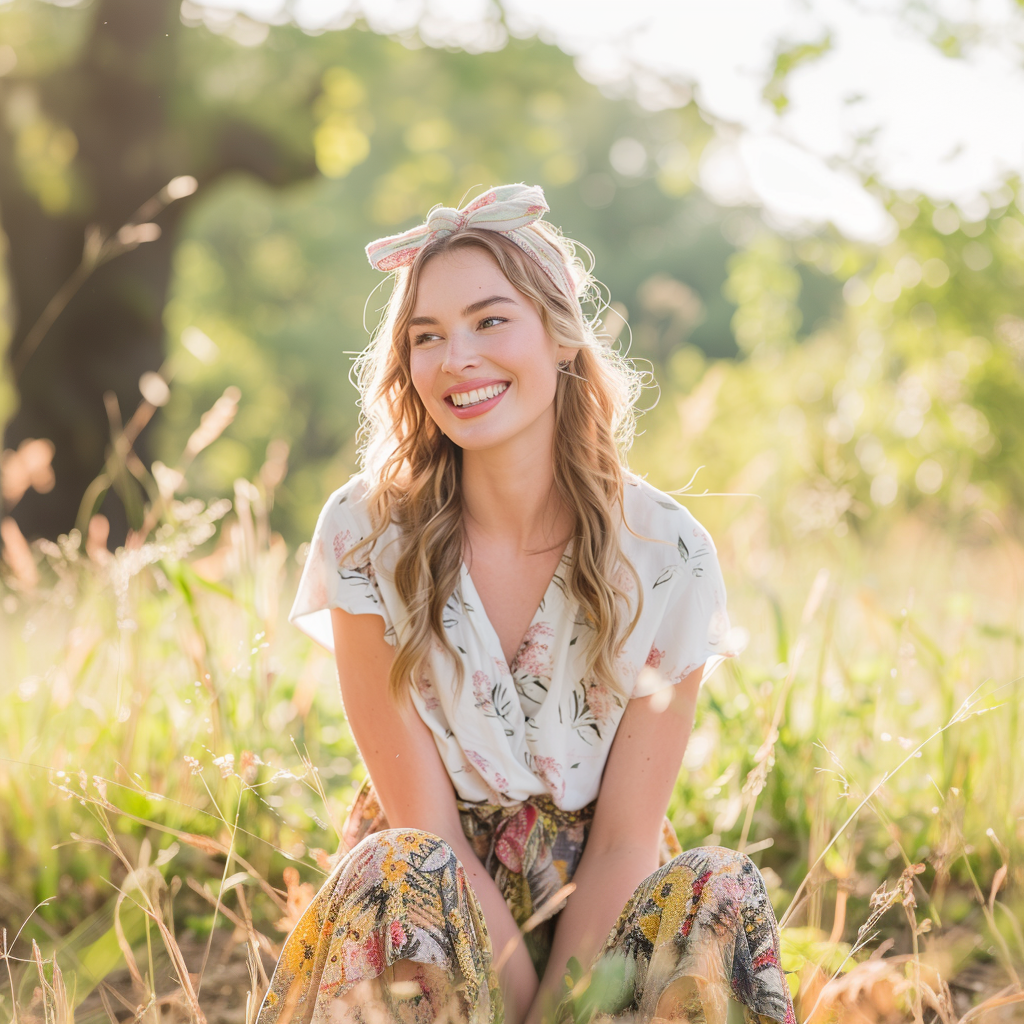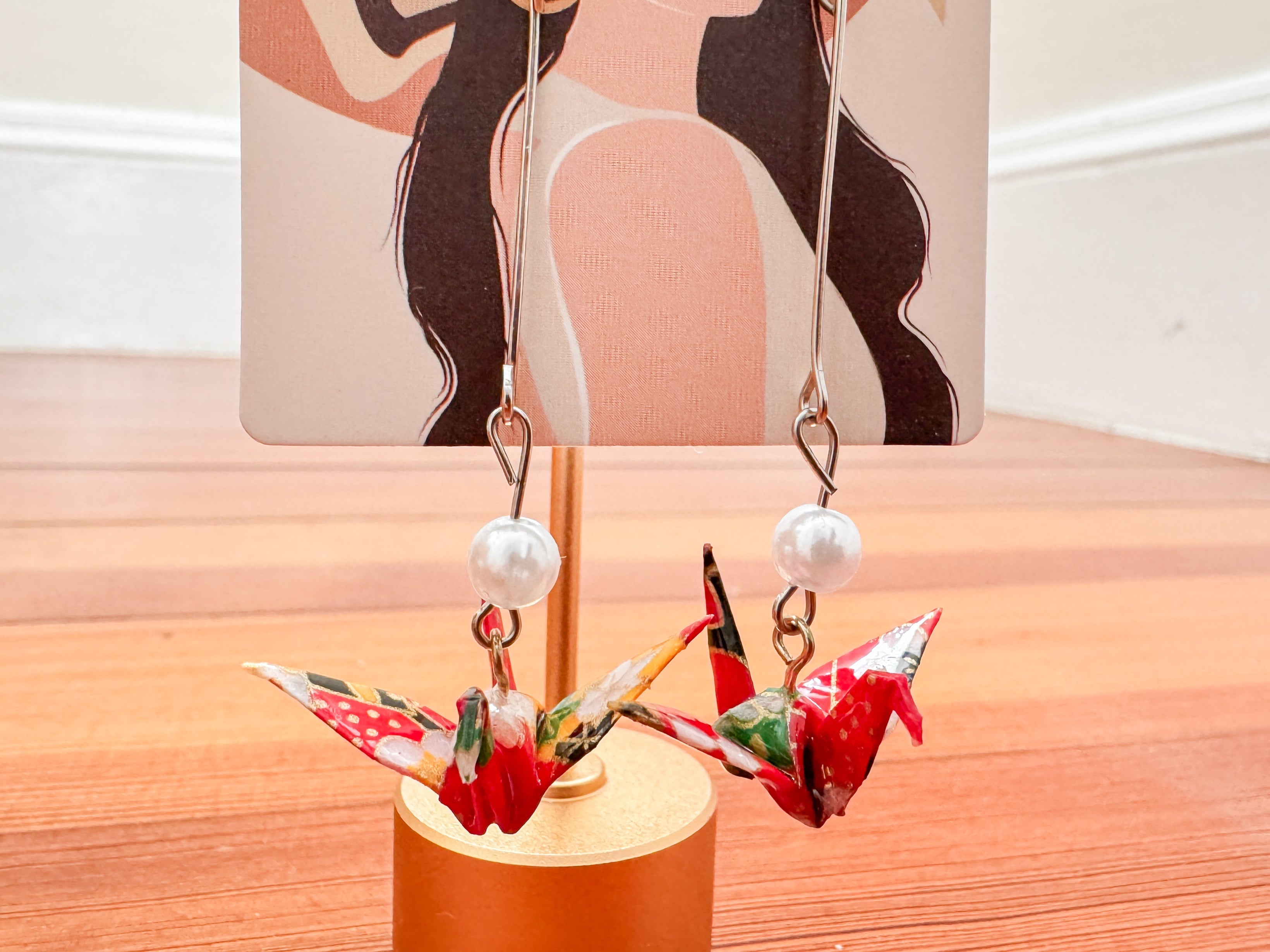Behind the Scenes: Why We're Slowing Down to Build This Brand Right
If you’ve been following along from the start, you know this brand is rooted in a personal mission: to create sustainable, thoughtfully designed resort wear that actually fits petite women.
Earlier in the journey, I explored natural plant dyeing and small-batch production in Bali. I shared that direction publicly — and I meant it. At the time, it aligned with everything I wanted this brand to stand for: beauty, sustainability, and slow, intentional craft.
But as I moved into the next phase — preparing for full production — I uncovered some realities I hadn’t expected.
Why We're Moving Away From Natural Plant Dyeing (For Now)
Natural plant dyeing, while beautiful and earth-connected, comes with technical challenges. As I began testing it in sample garments, I learned that color fading and dye transfer were real concerns — especially during shipping or storage in humid environments. Some dyes even transferred onto other garments in the same packaging.
That risk doesn’t align with my goals for this brand — which include long-lasting quality, clean craftsmanship, and garments that age gracefully, not quickly deteriorate.
So I made the call to pause plant dyeing for now — and explore a more reliable, quality-focused production path.
Why Portugal (…Maybe)
I’m currently researching manufacturers in Portugal, a country known for its high-quality clothing production, ethical labor practices, and access to certified sustainable fabrics like lyocell, viscose, and cupro.
Portugal also benefits from EU-wide sustainability regulations that enforce strict labor rights, environmental compliance, and transparency in the textile industry — all things that align deeply with my brand values.
That said, I haven’t partnered with a factory yet — and I’m taking my time to find the right fit.
Developing My Own Patterns First
While I explore manufacturers, I’m also working on developing my own patterns and prototypes by hand. It’s important to me that I enter production with a crystal-clear vision — especially since I’m based in the U.S. and won’t always be able to visit the production site in person.
By starting with my own patterns, I can better communicate design intent, fit adjustments, and construction details once I begin factory conversations. It also helps streamline the sampling process and reduce waste, which is part of my sustainability strategy, too.
The Business Side: Tariffs, VAT, and Logistics
As a U.S.-based brand working with EU suppliers and manufacturers, I’ve also had to get familiar with:
- 10% U.S. import tariffs on clothing manufactured in the EU (uncertain about future tariffs)
- 23% VAT charged on materials or services purchased within Portugal
- The possibility of exempting VAT if goods are exported directly out of the EU
- The need for an EORI number and proper customs documentation if I ship finished goods from Portugal to the U.S.
None of these are dealbreakers — but they’re part of the bigger picture of building a transparent, ethical business.
So What’s Next?
If you’re waiting for product drops — first of all, thank you. I see you.
This isn’t a “launch in 3 weeks” kind of story, and I’m okay with that.
My first collection is still coming this year, but I’m taking the time to build it right — not rushed.
Over the next few months, I’ll be sharing more behind-the-scenes content, including:
- My design and pattern-making process
- The sustainability techniques I’m using to improve durability without driving up price
- How I’m working through fit, fabric sourcing, and manufacturer selection — step by step
Because the how matters just as much as the what — and if you’re here, I know you care about that too.
Thanks for being part of this journey. 😊



1 comment
Woooo happy to understand the process!
Anonymous
Leave a comment
This site is protected by hCaptcha and the hCaptcha Privacy Policy and Terms of Service apply.